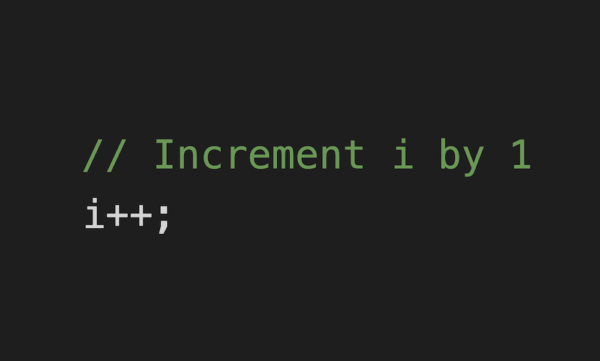Before we dive in, let’s define what does it mean to catch an exception. Many, if not all, programming languages have notion of an exception that terminates program execution flow; and most of languages have mechanism to handle exceptions, for example try-catch-finally language construct. Assuming familiarity with try-catch-finally we are going to focus on when […]
Comment or Not
We (developers) read code way more often than we write it, whether it’s someone’s else code or our own code written a while ago. Sometimes code is simple enough that It reads as plain English, but sometimes we can spend hours re-reading and debugging while trying to comprehend what is going on. So how easy […]
Fixing Dynamic Connascence
Introduction In the previous posts, we learned about connascence and explained why it’s so important to understand for software developers and architects. We looked at all 5 levels of static connascence and different approaches to improve code quality. In this post, we will focus on 4 levels of dynamic connascence and will take a practical […]
Fixing Static Connascence
Introduction In the previous post, we described connascence and explained why it’s so important to understand for software developers and architects. In this post, we will show a practical approach on how to fix different levels of static connascence. As a summary, connascence has nine levels (five static and 4 dynamic). The higher the level, […]
Connascence, why is it so important?
Connascence metric has its own website https://connascence.io/ where you can find detailed descriptions and examples. In this post, we will show why connascence is a very important metric. We will visualize, condense, and summarize the concepts so they are fast and easy to comprehend. What is Connascence? Before we can understand the importance of connascence, […]





